Remember when TV’s biggest thrill was seeing what creature, villain, or supernatural horror awaited us every week?
Shows like The X-Files, Buffy the Vampire Slayer, and Supernatural built entire fan bases around that “monster of the week” formula, and they had no mercy when it came to scaring the hell out of us.
They weren’t about long, winding plotlines; they were about delivering nightmares straight to your screen, one horrifying episode at a time.
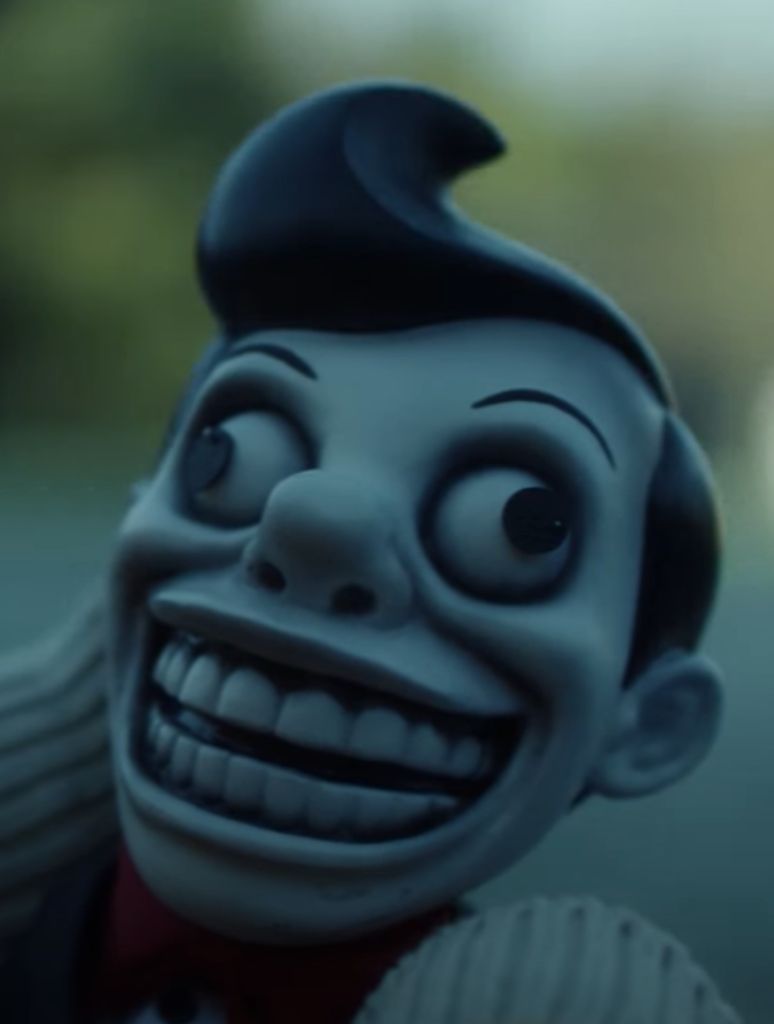
But somewhere along the way, serialized TV took over, and those monsters we once dreaded started to vanish into the shadows — taking with them the kind of scares that keep you up at night, listening for creaks on the floorboards.
Today, television has moved away from weekly creature features in favor of story arcs that span an entire season — or even multiple seasons.
Sure, serialized storytelling allows for deep plots and character development, but it also removes the element of surprise and suspense.
Instead of thrilling us with new monsters, most episodes now contribute to a single, sprawling narrative.
There’s no doubt that shows like Breaking Bad and Game of Thrones proved how compelling serialized stories could be, hooking viewers with complex plots and rich characters.
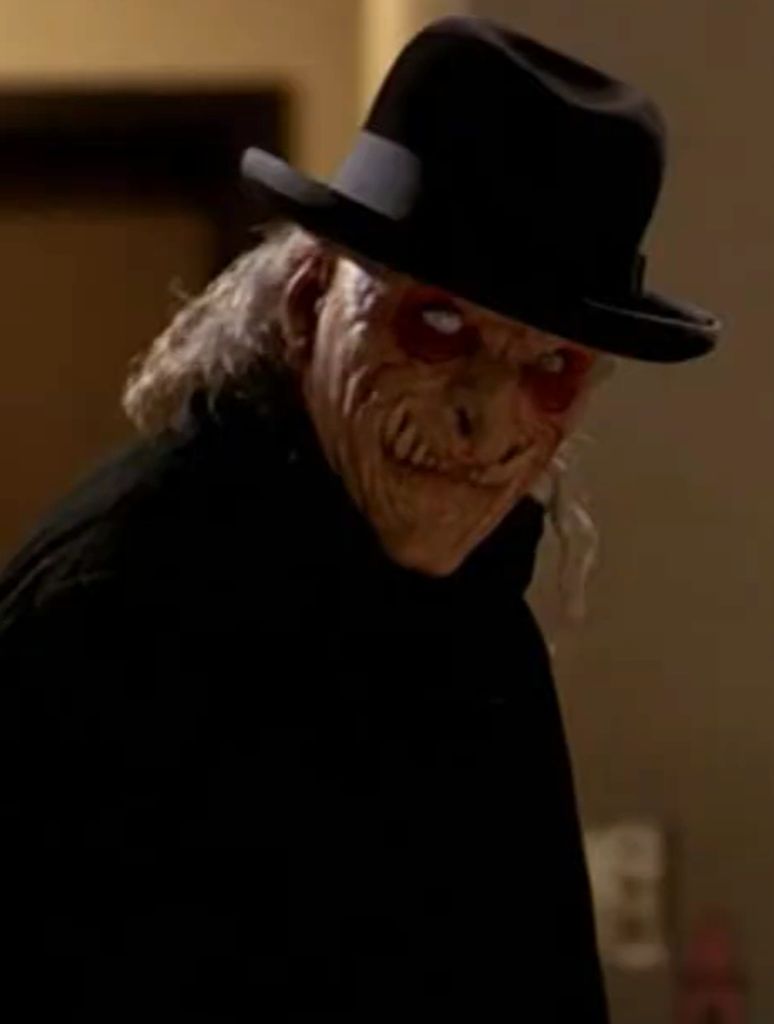
But for every masterfully told season-long story, there are countless shows that drag on, losing the bite of episodic excitement.
The thrill of tuning in, not knowing which creepy nightmare would pop out, has become a rare treat.
What Made ‘Monster of the Week’ So Thrilling?
So, what was it about “monster of the week” episodes that had us glued to the screen — and sometimes scared to go to bed?
For starters, these episodes were self-contained thrill rides, each one a mini-movie. The tension built and broke in just 45 minutes, with no need to keep track of complicated plotlines.
Each week brought a brand-new creature to obsess over, and some of them were so terrifying you’d swear the writers were maybe real monsters themselves.
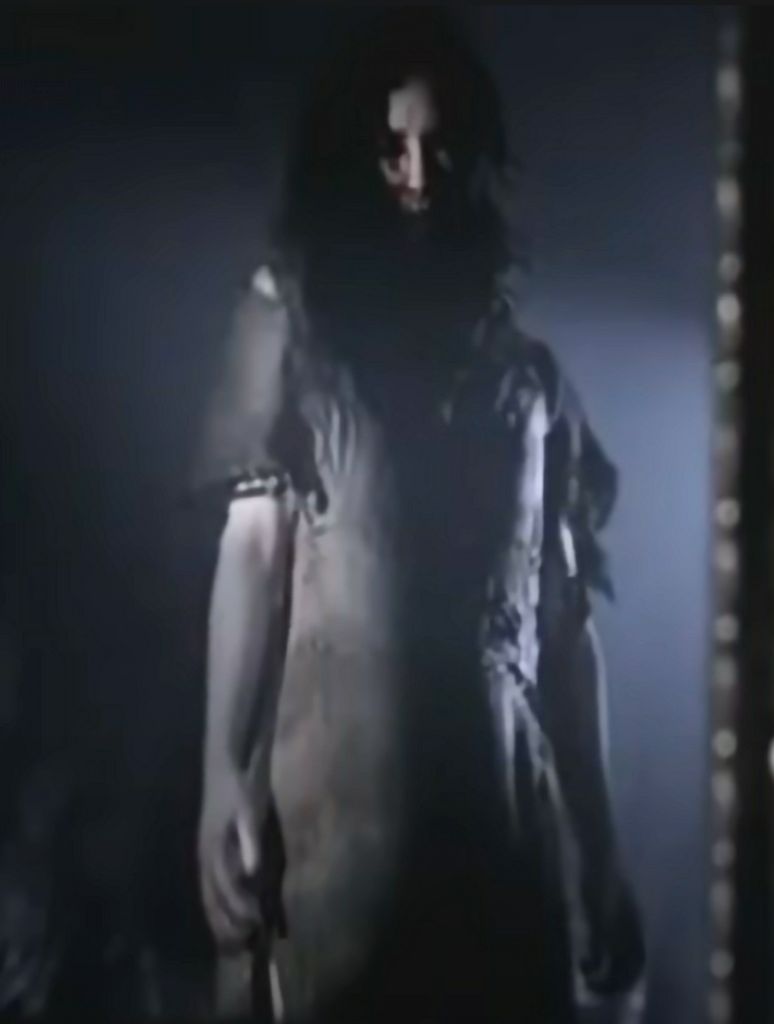
And let’s be real: sometimes, these monsters messed with us on such a primal level that even as adults, we’re still not over them.
Take Supernatural Season 1 Episode 5, “Bloody Mary,” for example.
Now, as a kid, Bloody Mary was the horror game to play at sleepovers. You’d go around telling spooky stories with all the lights off, getting yourselves good and freaked out, just like in the movies.
Then, one by one, someone would grab a candle or flashlight, head to the bathroom alone, turn off the lights, and chant “Bloody Mary” three times into the mirror.
Heart pounding, you’d stare into the glass, convinced you’d see her — or worse. And let’s be honest, we all saw something freaky deeky in that mirror; it’s okay to admit it.
Fast forward to Supernatural bringing her into the show, and they nailed it.
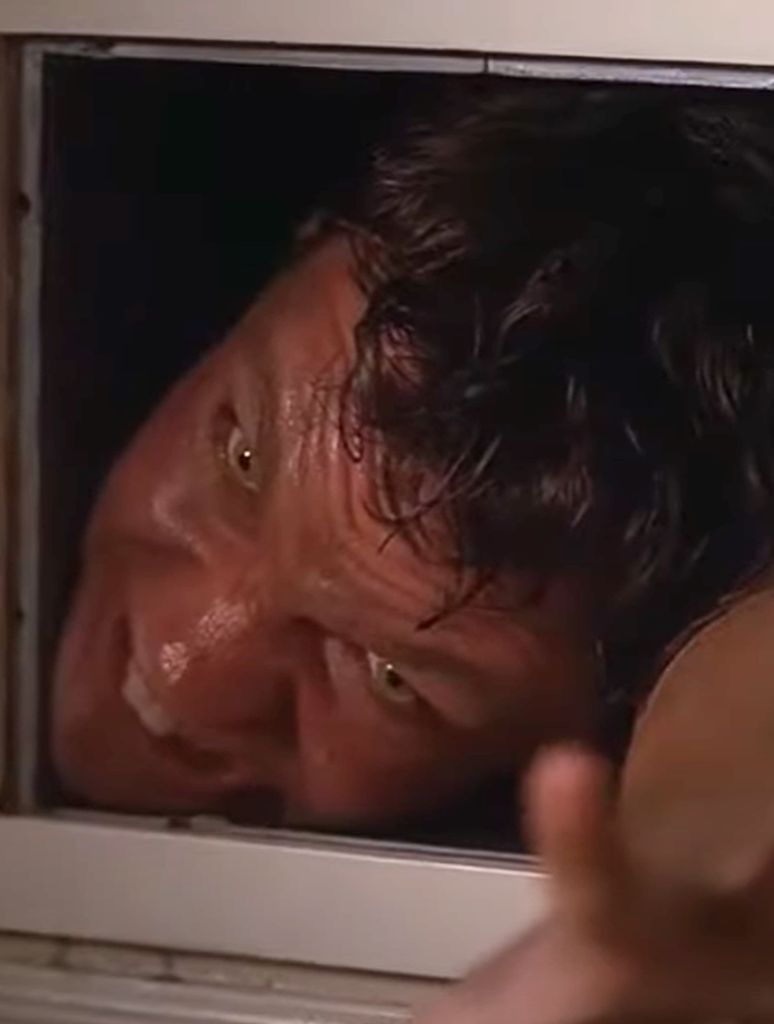
If you asked me now to go say her name in a mirror three times now, I’d tell you — in the words of my mother-in-law — to go scratch your ass.
Bloody Mary wasn’t just a story; she was a childhood horror made real. And that’s exactly the magic of monster-of-the-week shows: they turned our deepest fears into living, breathing nightmares.
And it wasn’t just Bloody Mary.
Remember Eugene Tooms from The X-Files? This nightmare of a creature could stretch his body to slither through air vents, grates, anything, just to stalk his next victim.
Tooms was the kind of monster that made you double-check the locks and hope your vents were monster-proof.
Or take Virgil Incanto, the “sucker” who preyed on vulnerable women — a freaky embodiment of fear itself.
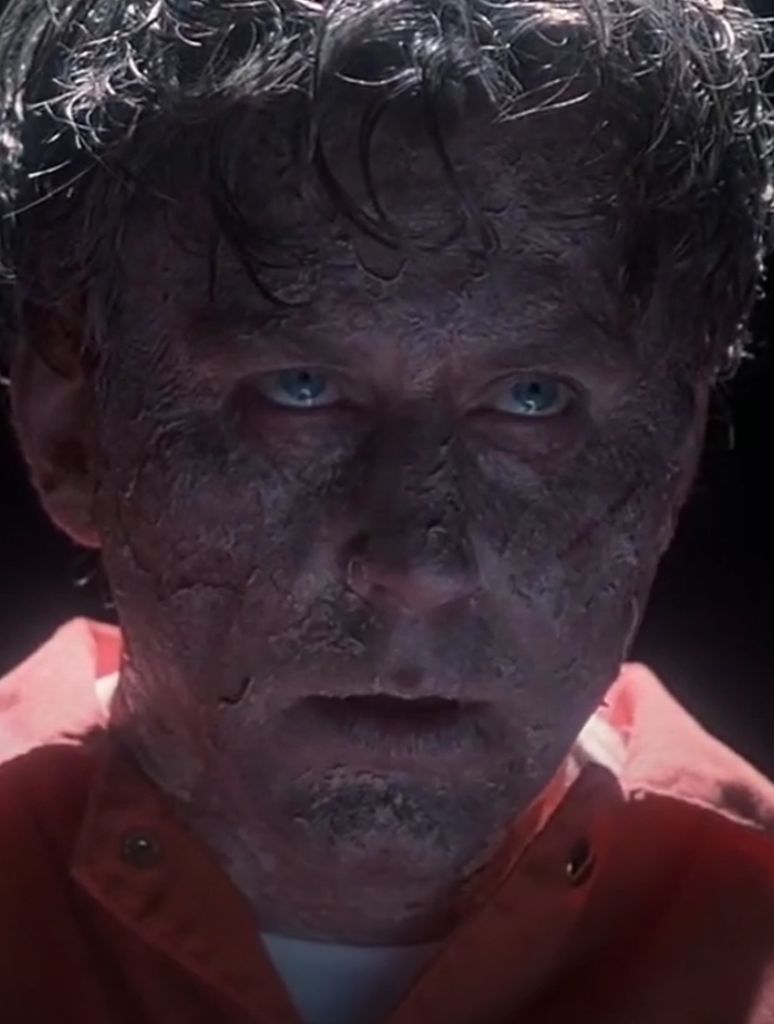
And then, because they just couldn’t help themselves, The X-Files gave us Mr. Chuckle Teeth — the nightmare fuel no fan was prepared for.
Based on a doll from a children’s TV show in the episode, Mr. Chuckle Teeth had a wide, twisted grin and hollow eyes that made him look ready to spring to life at any moment.
There’s just something about a doll with a fixed, unnatural smile that taps into a primal fear — and Mr. Chuckle Teeth captured it perfectly.
That doll dread is real. Annabelle, Child’s Play, Poltergeist — take your pick. There’s a reason we don’t trust a doll with a grin like that. Come to think of it, with the success of Smile, we no longer trust grins in general!
Buffy the Vampire Slayer didn’t hold back on terror, either.
Just try watching “Hush” and sleeping with the lights off after meeting The Gentlemen, those unsettling grinning monsters who stole voices and glided silently through Sunnydale.
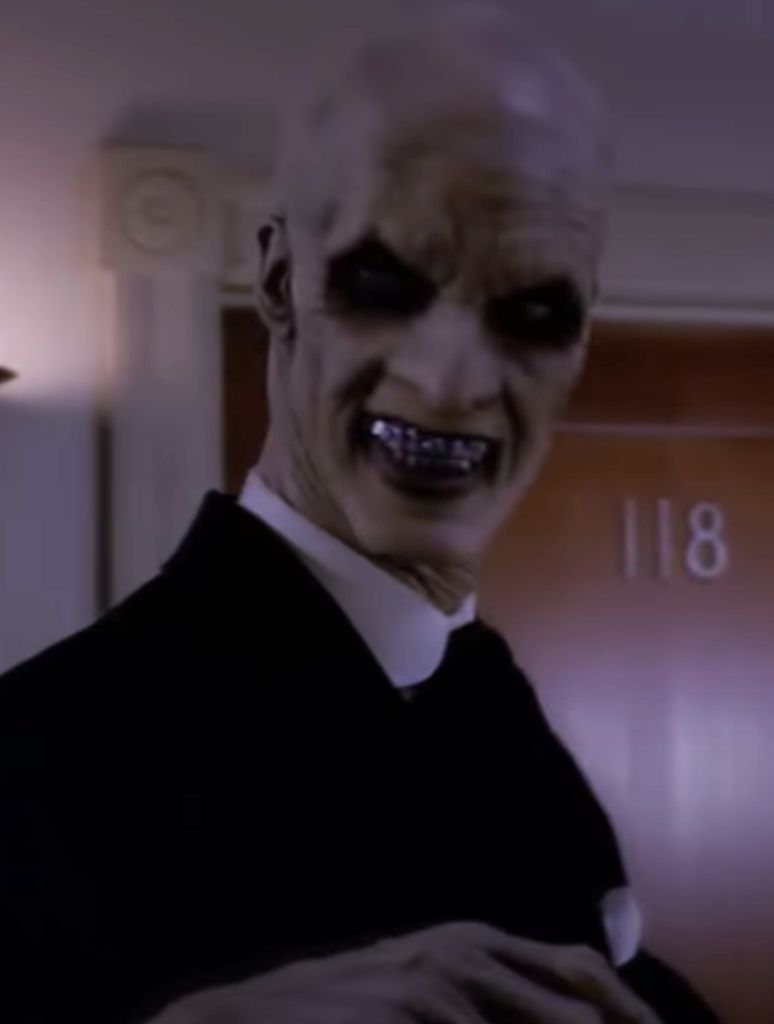
Or Der Kindestod, the child-killing demon with suction-cup eyes (seriously, if that one didn’t scare you, were you even watching?).
Every week was an invitation to peek behind the curtain of nightmares, and we loved it.
In a serialized show, you’d never get this kind of variety or satisfaction. Instead of a new fright every week, we usually slog through slow-burn tension.
And honestly? Sometimes, we need that jolt of terror — the kind that doesn’t take 20 episodes to get under your skin. It makes life — and watching TV — a whole hell of a lot more fun.
Monster-of-the-week shows kept us guessing and gave us a reason to tune in that wasn’t just “what happens next.” It was, “What horror will they throw at me next?”
The Monsters That Defined the Shows
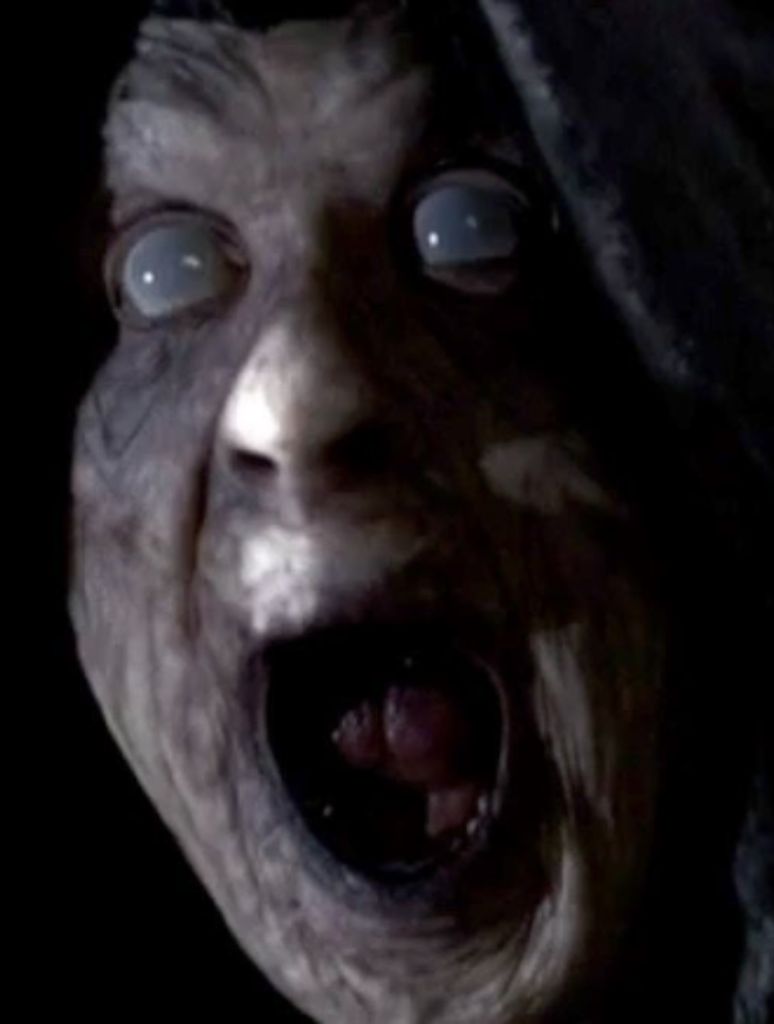
Supernatural didn’t just give us Bloody Mary. They delivered the Shtriga, a witch disguised as an old woman who preyed on children, draining their life force to keep herself young and strong.
Supernatural Season 1 Episode 18, the one with that creature was enough to put a solid dent in our sleep schedules.
Then there was the Changeling, a disturbing child-eating creature that slipped into families undetected.
These monsters weren’t ones you forgot after you shut off the TV; they were the kind you saw again when you closed your eyes.
And Buffy fans? You might still have nightmares about Gachnar, the fear demon, a pint-sized terror who fed on the fears of others to grow stronger.
These were monsters that stuck with us long after the show ended, embodying fears we didn’t even know we had.
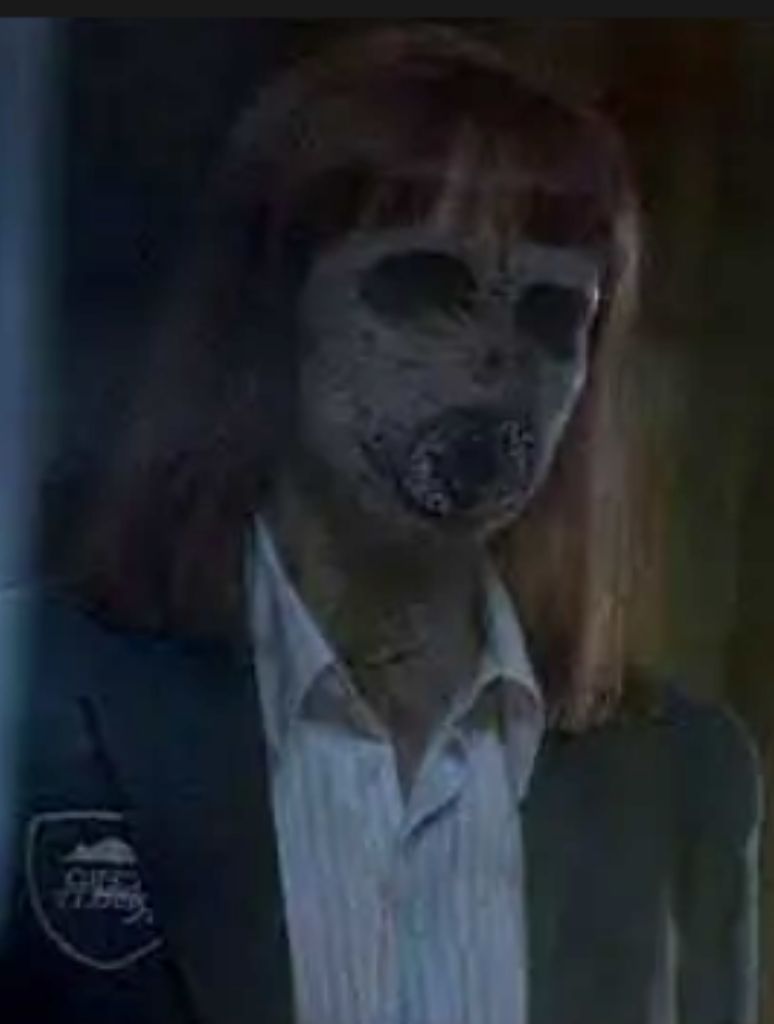
With so much binge-able, plot-heavy TV, we could use a little break from the endless arcs and bring back the bite-sized thrill of a weekly monster.
Shows like The Mandalorian and Star Trek: Strange New Worlds are starting to mix serialized stories with self-contained episodes, reminding us that you don’t have to choose one over the other.
There’s a thrill in going back to basics, to a time when a monster was scary enough on its own without needing a ten-episode backstory.
It’s time for a new generation of monster-of-the-week shows.
Horror, sci-fi, supernatural — whatever the genre, there’s something exhilarating about facing a new terror each week and watching our favorite characters beat it back into the shadows.
Because sometimes, there’s nothing more satisfying than a monster that’s here for one purpose: to scare the hell out of us.
The post Where Did the Monsters Go? How Serialized TV Killed the Monster of the Week appeared first on TV Fanatic.